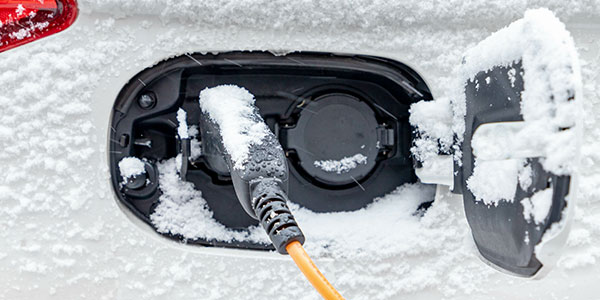
In today’s world, where concerns about climate change and rising utility costs are on the rise, many individuals and businesses are looking for ways to decrease their power consumption. By implementing energy-efficient practices and utilizing innovative technologies, it is possible to reduce both carbon footprints and electricity bills. This article explores various strategies for decreasing power consumption, along with providing answers to frequently asked questions to give a comprehensive understanding of this important topic.
### Tips for Decreasing Power Consumption:
#### 1. Upgrade to Energy-Efficient Appliances:
Old appliances tend to consume more electricity than newer, more energy-efficient models. Consider replacing outdated appliances like refrigerators, air conditioners, and lighting fixtures with energy-saving alternatives labeled with an Energy Star certification.
#### 2. Optimize Lighting Systems:
Replace traditional incandescent light bulbs with energy-saving LED or CFL bulbs. Install motion sensors or timers to control lighting in areas where constant light is not needed, such as hallways and storage rooms.
#### 3. Utilize Natural Light:
Make the most of natural light during the day by opening curtains or blinds. Position workstations and living areas near windows to minimize the need for artificial lighting, reducing power consumption.
#### 4. Proper Insulation:
Properly insulating buildings can help reduce heat loss in the winter and keep cool air in during the summer. This, in turn, decreases the need for excessive heating or cooling, leading to lower energy consumption.
#### 5. Efficient HVAC Systems:
Regular maintenance of heating, ventilation, and air conditioning (HVAC) systems ensures optimal performance and reduces energy consumption. Upgrading to energy-efficient HVAC models can result in significant power savings.
#### 6. Implement Power Management:
Enable power-saving functions on electronic devices like computers, laptops, and gaming consoles. Adjust power settings to automatically turn off or enter sleep mode when not in use, reducing energy consumption without compromising performance.
### Frequently Asked Questions:
**Q: How much energy can be saved by adopting energy-efficient practices?**
**A:** Energy savings vary based on the improvement type and building size. However, adopting energy-efficient practices can result in energy savings ranging from 10% to 50%.
**Q: Are energy-efficient appliances more expensive?**
**A:** While energy-efficient appliances may have a higher initial cost, they provide long-term savings in terms of energy consumption and utility bills, offsetting the higher purchase price over time.
**Q: Are there any incentives or rebates for energy-saving upgrades?**
**A:** Many countries and local governments offer tax credits, rebates, or grants to encourage energy-efficient upgrades. Researching available incentives in your area can help you take advantage of such programs.
**Q: Can decreased power consumption help the environment?**
**A:** Yes, decreasing power consumption reduces greenhouse gas emissions, conserves natural resources, and mitigates the impact of climate change. Every effort towards energy efficiency contributes to a greener and more sustainable future.
By following these tips and implementing energy-efficient practices, individuals and businesses can have a significant impact on decreasing power consumption. Making these changes not only benefits the environment but also results in long-term cost savings. Start making changes today and be a part of the movement towards a sustainable future.


